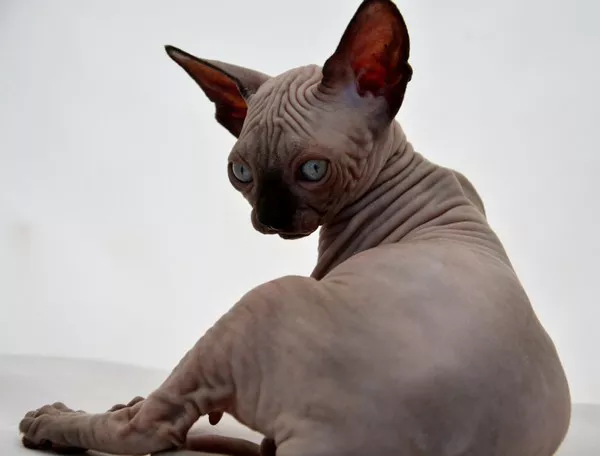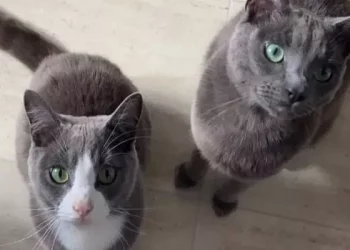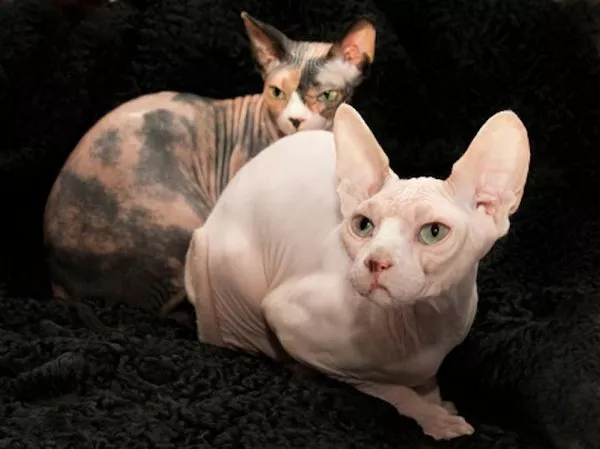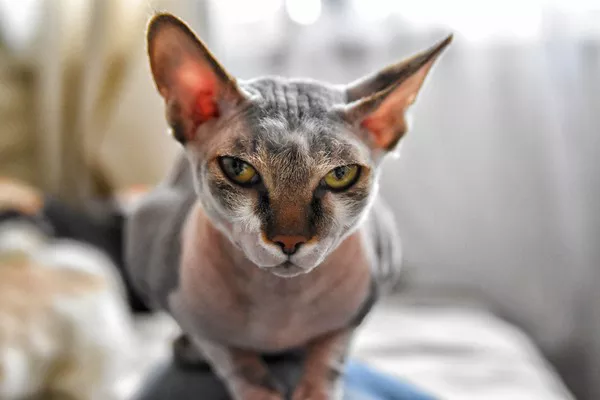Sphynx cats, known for their hairless appearance and captivating eyes, have become increasingly popular pets in recent years. Despite their distinct physical characteristics, there is often a sense of mystery surrounding their origins. In this comprehensive article, we will delve into the fascinating history of the Sphynx cat breed, exploring their ancestral roots, development, and the breeding practices that led to their unique features. By understanding their journey, we can gain a deeper appreciation for these remarkable feline companions.
1. Ancestral Origins
The ancestry of Sphynx cats traces back several centuries, with their roots shrouded in obscurity. While they may appear ancient, the breed’s foundation only dates back to the mid-20th century. Contrary to popular belief, hairlessness in cats is not a naturally occurring trait. It is the result of deliberate breeding efforts.
2. The Canadian Connection
Contrary to their name, Sphynx cats did not originate in Egypt. Their story begins in Toronto, Canada, during the 1960s. A domestic cat named Elizabeth, who possessed a natural genetic mutation resulting in hairlessness, was the starting point for the breed. Breeders recognized the potential of this unique characteristic and began selectively breeding hairless cats to develop a new breed.
3. Breeding and Development
Creating a new breed is a complex process that requires careful selection and controlled breeding. Breeders crossed Elizabeth with various other cats, including Devon Rex and American Shorthairs, to introduce genetic diversity and enhance desirable traits. The goal was to establish a consistent hairless appearance while maintaining good health and temperament.
4. The Rise to Recognition
In the late 1970s, the first Sphynx cats were formally recognized by cat registries and gained recognition as a new breed. Breeders and enthusiasts dedicated their efforts to improve the breed’s health, genetic diversity, and confirmation standards. This newfound recognition fueled the popularity of Sphynx cats worldwide.
5. Genetic Considerations
Hairlessness in Sphynx cats is caused by a mutation in the gene known as “lethal Zygotic Gene.” This gene can be passed on to offspring, posing potential health risks. Responsible breeders prioritize genetic testing to ensure the overall well-being of the breed and work towards reducing the incidence of hereditary conditions.
6. Physical Characteristics and Personality Traits
Sphynx cats possess a distinct appearance that goes beyond their hairless bodies. They have large ears, muscular bodies, and a friendly, inquisitive nature. Despite their lack of fur, they require regular grooming to maintain healthy skin and prevent common issues such as sunburn and skin infections.
7. Care and Maintenance
Owning a Sphynx cat comes with specific care requirements. Due to their lack of fur, they are more susceptible to temperature changes and require warmth, particularly during colder months. Regular bathing helps to remove excess oils from their skin, while moisturizers and sun protection are essential for maintaining their skin health.
Conclusion
The origins of Sphynx cats may be relatively recent, but their unique appearance has captured the hearts of many cat lovers worldwide. Through careful breeding practices and genetic considerations, breeders have developed a remarkable feline companion with a distinctive personality and striking features. Understanding the history and characteristics of Sphynx cats empowers us to provide them with the specialized care they need while appreciating the dedication and passion that went into creating this extraordinary breed.
In summary, Sphynx cats are a testament to the incredible possibilities that emerge through selective breeding efforts and human ingenuity. Their journey from a hairless mutation to a beloved cat breed showcases the commitment of breeders and enthusiasts alike. By learning about their origins and unique traits, we gain a deeper appreciation for the beauty and charm that Sphynx cats bring to our lives.


























